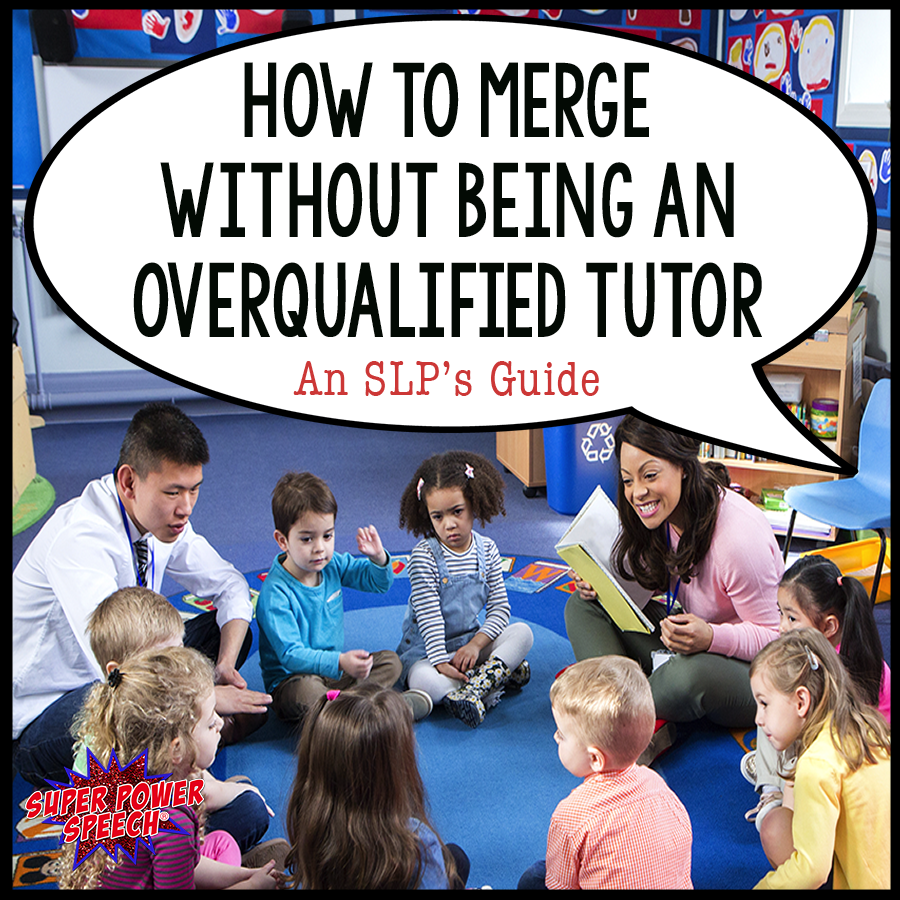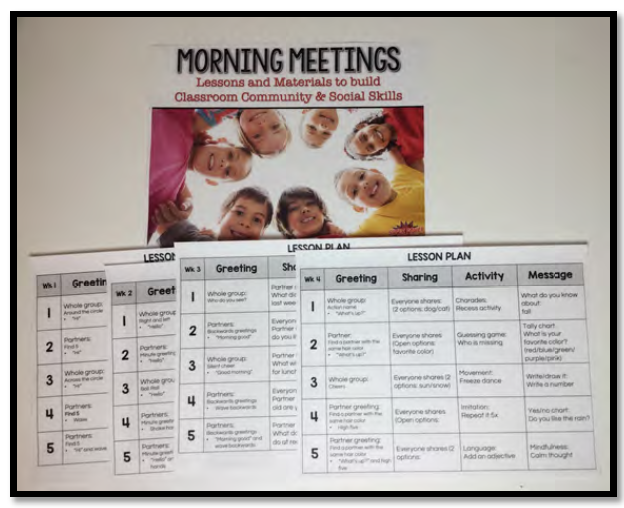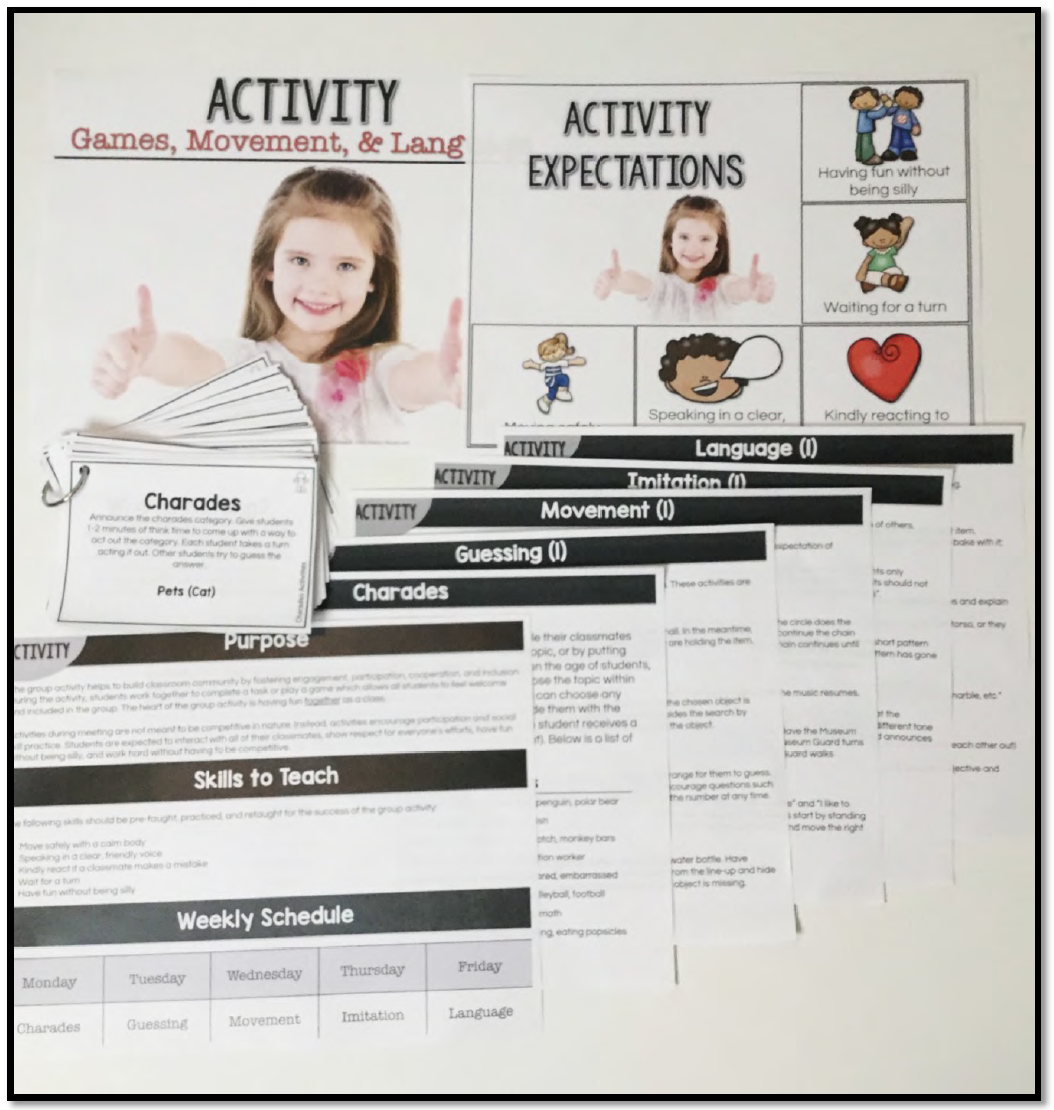How to Merge without being an Overqualified Tutor — An SLP’s Guide

I’m about to admit something that I never thought I would say again… I love teaching. I don’t just mean teaching students in a small group about irregular past tense verbs. I mean whole group instruction in a class of 30. The reason that this is such a revelation for me is that many, many years ago I was a teacher — a high school science teacher. And I hated it. I fled the teaching profession after just one year to enter into a field that I knew nothing about — speech pathology.
Over the years since giving up my high school teaching gig, my confidence has improved. I realized that not only could I lead lessons, but I was good at it. When leading instruction, my teacher colleagues respected me. They better understood what I did when I pulled students because they could see it themselves. I realized that the information that I provided in the classroom was unique. Last week, after I led a morning meeting, the classroom teacher thanked me. She commented, “I would never have thought to directly instruct these Kindergarten students in eye contact.” And yet, that is what I had spent five minutes of the lesson doing. Not only were the children learning, but so was the teacher.
Most speech pathologists do not go into this field to teach whole group lessons. They want to work with small groups of students, who are already on their caseload. They intend to help their 40-60+ students work towards their goals. Some SLPs may even think that merging into a class is a waste of the limited time that we have to focus on IEP students. Many feel that when they are in a classroom setting, they become overqualified tutors.
Speech pathologists are a proud group of professionals (and rightfully so!). We are not, and should never be, glorified tutors. Here’s my guide for merging into the general classroom while providing powerful speech and language therapy for all.
1. Carefully pick the teacher(s) that you are going to work with.
Not all general education teachers are created equal. Not all will appreciate having you in the room instructing students. Find a few kindred spirits and then ask how they would feel about you merging into the room to provide instruction.
2. Choose a specific period of the day.
Work closely with your chosen teacher to come in for one period (per day, week, etc.). If the class is doing small group reading at 9:40 every day, clear out that exact time in your schedule. You need to be free from the beginning of that period to make transitions easier for students. Options for times to come into the room include reading, class meeting, social studies, science, and language. If you are able to extend your skills, then math and writing would also be great language opportunities. Almost any time of the day can work if you are flexible.
3. Have a game plan.
In the classrooms that I merge into, I have a specific role. In one class, I am the co-teacher. The general education teacher leads a part, and I lead a part of the morning meeting*. In another class, my role is to add and extend to what the teacher is saying in order to enrich the language of the lesson. In three additional classes, I lead the entire class for a period (morning meeting* and circle time). Because the teachers and I know my role before stepping into the room, I never take the role of “tutor”.
4. Think outside of the box.
The entire school day is rich with language. You can use the general education curriculum to turn anything into a language lesson. Or, you can create your own lessons. Some ideas for thinking outside of the box for an entire classroom include:
- Teach articulation during phonics (reading) time.
- Model social skills during morning meeting*.
- Enrich lessons with descriptive words.
- Lead social problem-solving skills and role plays.
- Create sentence frames and vocabulary to practice.
- Develop a language routine.
Best of luck to you in this exciting endeavor. Remember, you are not a tutor. You are a teacher, leader, therapist, and consultant. Use your speechie powers!
* Wondering where to start?
If you want to lead whole group in language and/or social skills, you may be intimidated by creating your own materials or curriculum. Not a problem…
In our efforts to think outside of the box and collaborate, one of my favorite first-grade teachers and I co-created “Morning Meeting” (note, this can be done at any time of the day). This is an entire curriculum to get you or the general education teacher started on a daily/weekly language and social skills rich routine.

As the SLP, I made sure that this curriculum included both social skills and language:
- Greetings (verbal, non-verbal, and multi-modal)
- Sharing (verbally in partners or whole class)
- Activity (language activities with sentence frames, higher level grammar, and categories)
Included in the entire Morning Meeting product are:
- Four weeks of lesson plans with explicit directions
- Visual expectations for each part of morning meeting (greeting, sharing, activity, message)
- Explanations of the four parts of morning meeting
- 350+ ideas for greetings, sharing, activities, and messages

Morning Meeting is the perfect way for SLPs and general education teachers to collaborate and co-teach whole group lessons! Get your copy here.
I have been working collaboratively with two teachers in the building using the Morning Meeting curriculum. The teachers and students all sing its praises. I look forward to continuing to lead weekly morning meetings throughout the year!








Hi Cheri
thank you for your support. I work has an education support at a primary school, foundation/prep. I have found it difficult to coordinate with teachers. i work in an open classroom or small community of preppies. teachers are not always willing to let you work with a specific child and at times I work with other children whom are not yet access but need assistants. I find it hard to use my skills due to luck of materials which they have but don’t share, so I have came up with using some of my own; but again its difficult to use or find time, due to teachers given me other tasks, cleaning laminating, reading book change.
I wish I could do reading but even that is done by a teacher. I used to test children on their miaow words/ high frequency words, but even this has been taken away from me.
I do help my child in her writing at her writing time and try to converse as well, to help on her speech, I have try at lunch time, so the child can be easy in a social situation but I have been told no. lunch is a quiet time .
I honestly find it hard. but I am determine to became a teacher soon and be able to give and implement techniques for all children to benefit in class.
I also used to woek full time and now they have place me in a part time positon.
I will still try to provide children with help even if I get told that there’s no time for my techniques.
I will keep battling. tomorrow is another day and full of inspiration and new ideas.
phew thanks needed to have this out of my chest.
kind regards
Lidia
I wish all schools were accommodating! Unfortunately, the reality is that not everyone will allow for merge and even make pull out very difficult.
I worked with a Kindergarten teacher over 20 years ago when “whole language” was just getting started. I completely agree with you that you have to find the perfect teacher with whom you can work. I’ve only had a couple. It’s so great that you’ve found someone who will work with you!
We work with several students every day. Some of the points mentioned on Speech pathologists merging into the general classroom while providing powerful speech and language are very relevant to us. It would be interesting to know how we can apply some of these techniques to private tutoring.